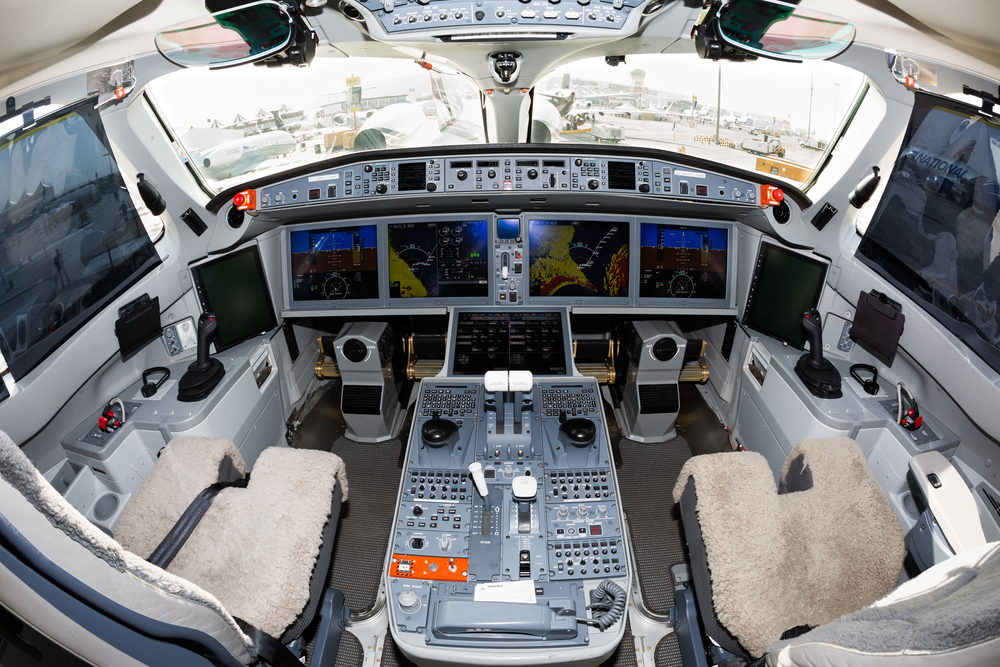Aerospace has long been the canvas for innovation in the sky. The story of the aircraft cabin interior is one of constant transformation. It’s a narrative that transcends mere seating arrangements, weaving through the fabric of innovation, passenger comfort, and an unwavering commitment to excellence. This evolution is a mirror reflecting the broader changes in technology, societal expectations, and environmental consciousness.
The early focus on passenger comfort
In the formative years of commercial aviation, the main goal was simple: ensure passenger comfort. The design of seating, with an eye on ergonomics and aesthetics, marked the early efforts to make the skies a second home. The adoption of lightweight materials, like composites, and advanced manufacturing processes marked a turning point, balancing the need for fuel efficiency and environmental responsibility with the demand for comfort. This era laid the groundwork for the transformative changes that would follow.
When commercial flying first started the inside of planes was pretty simple and focused just on fitting as many people as possible and meeting basic needs. But by the late 1930s, flying started to get fancy with spots to dine, sleep, and relax. Then, in the 1950s and 60s, jets made flying faster, farther, and more comfortable. This is when things like cabins where the air pressure is controlled, seats that lean back, and movies on the plane first appeared, setting the stage for how we fly today. The introduction of big planes with two aisles in the late 1960s changed things even more by giving everyone more room and adding special features. It also started the practice of offering different types of seats – from really fancy first-class sections to a new thing called business class – to meet what different travellers wanted and could afford.
A shift towards sustainability and innovation
As we journey through time to the present day, the industry stands amidst a transformation. The push towards electric mobility and the integration of advanced composites signal a new chapter in cabin design. These innovations have brought about a notable reduction in weight and a leap towards eco-friendliness. The emergence of 3D printing technology has revolutionized manufacturing, allowing for quick, efficient part replacement while adhering to the highest standards.
The industry is moving beyond discussions on sustainability to the actual implementation of sustainable changes. This includes a deeper understanding of material life cycles and the establishment of recycling infrastructures, to support Net Zero ambitions and provide tangible carbon footprint reductions. Today, this shift towards sustainability is now unmistakable, with concerted efforts to reduce waste and embrace recyclable and renewable materials.
Enhancing the in-flight experience
Today’s cabin interiors are a far cry from their predecessors. The development of noise reduction technologies and investments in air quality improvements have significantly elevated the passenger experience. The advent of digital technology has introduced a new level of connectivity and personalization, from interactive in-flight entertainment systems to augmented reality windows.
The integration of advanced technologies into cabin interiors is revolutionizing the passenger experience. Personal Electronic Device (PED)-friendly in-seat systems, offering enhanced entertainment options and sustainable travel information, are examples of how technology can boost passenger engagement. These advancements have redefined what it means to fly, offering passengers not just a journey but an experience.

Vice President
ER&D Aerospace
Tata Technologies
Looking towards a future of possibilities
The horizon of aerospace interiors is aglow with potential. The coming years promise a landscape where infotainment systems, touchscreens, and AI-driven amenities redefine the travel experience. The continued focus on sustainability will see the adoption of lightweight, eco-friendly materials. In a world still reeling from a pandemic, the emphasis on health and safety has never been more critical, with the integration of anti-microbial surfaces and touchless technologies becoming standard.
Cabin interiors significantly impact fuel consumption and emissions, with lighter materials offering considerable savings. For instance, lighter seats and interior options can generate fuel savings between 0.65% and 0.85%, contributing to substantial operational cost reductions for airlines. A radical approach to sustainability utilizes materials like lightweight resin derived from sugar cane.
Navigating the challenges ahead
Yet, this journey is not without its turbulence. The reliance on a global supply chain, the balancing act between sustainability and cost, and the challenge of staying ahead in innovation while maintaining affordability present formidable challenges. These obstacles demand a thoughtful approach, ensuring the continued evolution of cabin interiors aligns with both industry standards and passenger expectations.
A perpetual journey of innovation
The relentless pursuit of passenger comfort, fuel efficiency, innovation, and sustainability continues to propel the transformation of aircraft cabin interiors. This journey, marked by a commitment to excellence, metamorphoses every flight into an unforgettable experience. As we gaze into the vast skies, the ongoing revolution in cabin design unfolds, promising a future filled with boundless possibilities and innovations yet to be discovered.



